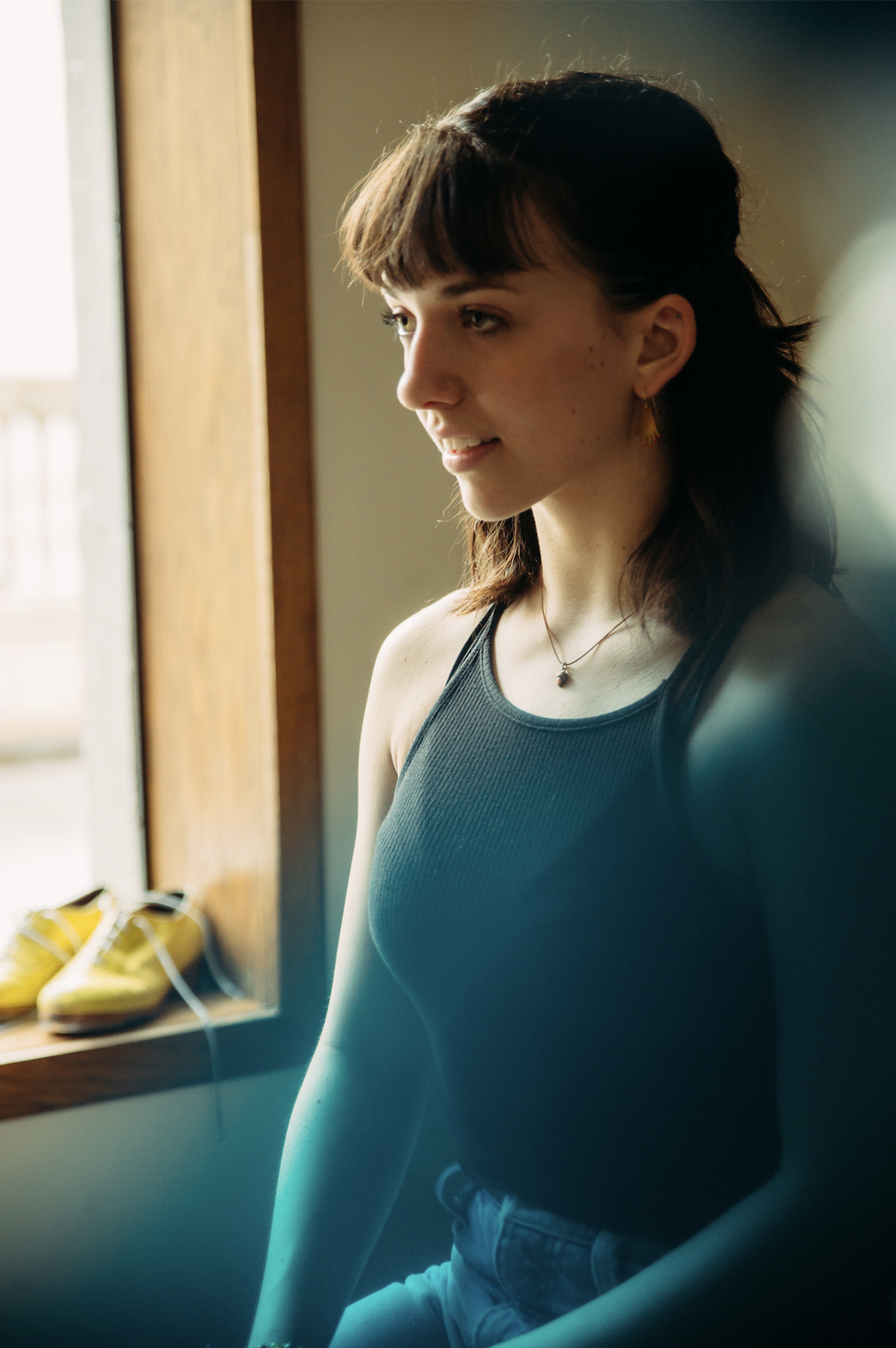Inside Dancers’ Love-Hate Relationships with their Feet
In all of their swollen and blistered glory, feet are dancers’ prized possessions. It doesn’t matter whether you treasure your arches, wince at your bunions or wish you could trade the whole kit in for a new pair—you can’t help but take pride in the instrument that literally supports you from the ground up. Each foot contains the intricate muscles needed to finish a line, travel the length of a stage, soar through the air with abandon and carry you home after a long day of dancing.
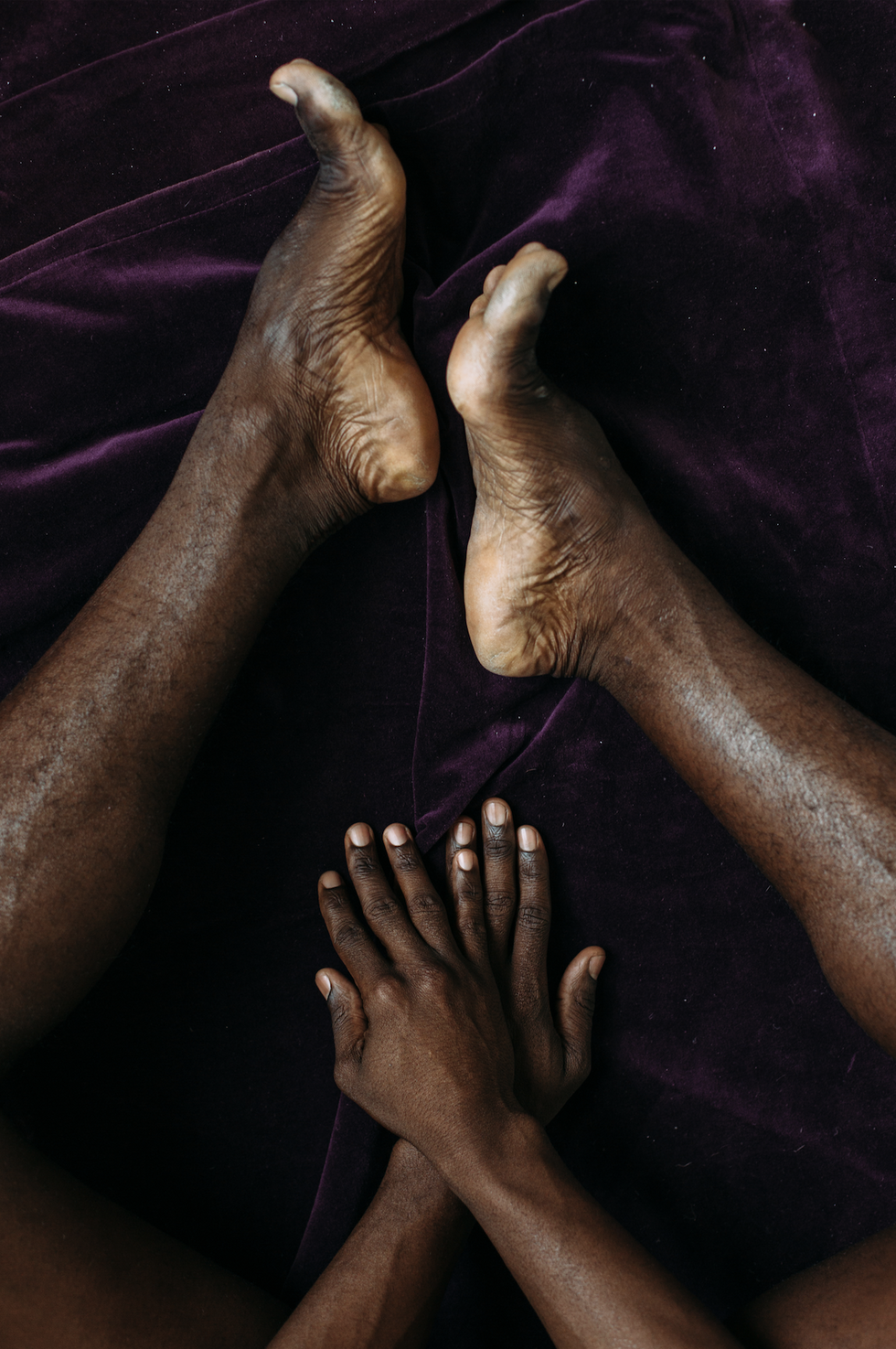
Lloyd Knight, principal at Martha Graham Dance Company
“My feet have been through a lot, and their scars show the work I’ve done so far as a dancer. We work so much with bare feet in Graham that I have a lot of marley burns, cuts and splits. It’s like a badge of honor.”
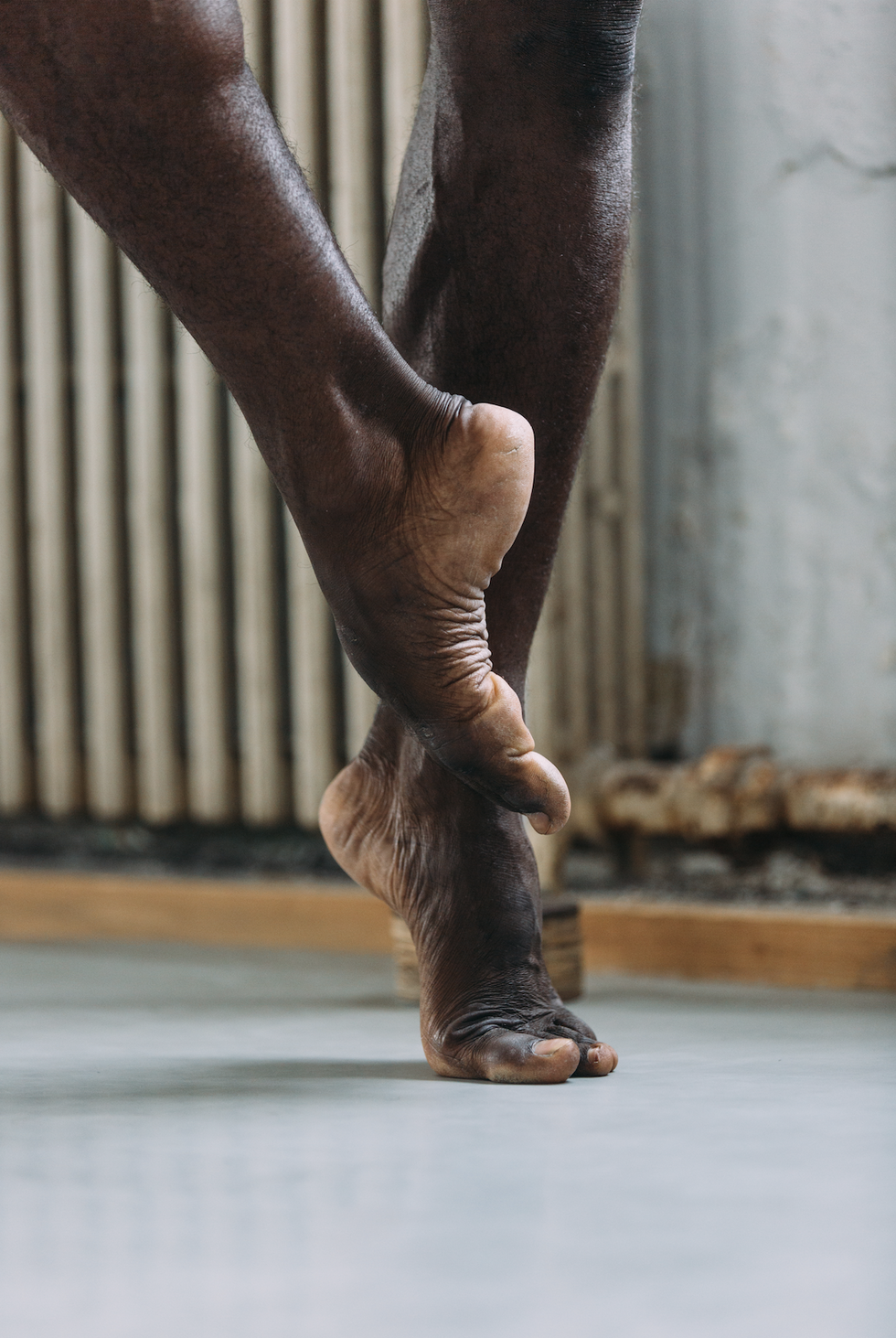
“I tore my Achilles in 2016. I went to jump and it felt like someone kicked me. I even looked to see if someone had, and everyone was staring—they heard it. I was out for nine months.”
“Maintaining the health of my Achilles has been a major focus since then. I do TheraBand exercises like toe raises or ankle rolls every day. I roll out on a small ball to get in between the tiny bones. I use a bigger one for the arches. After dancing, I ice and rub on peppermint ointment and eucalyptus oil. I use YogaToes for 30 minutes before bed.”
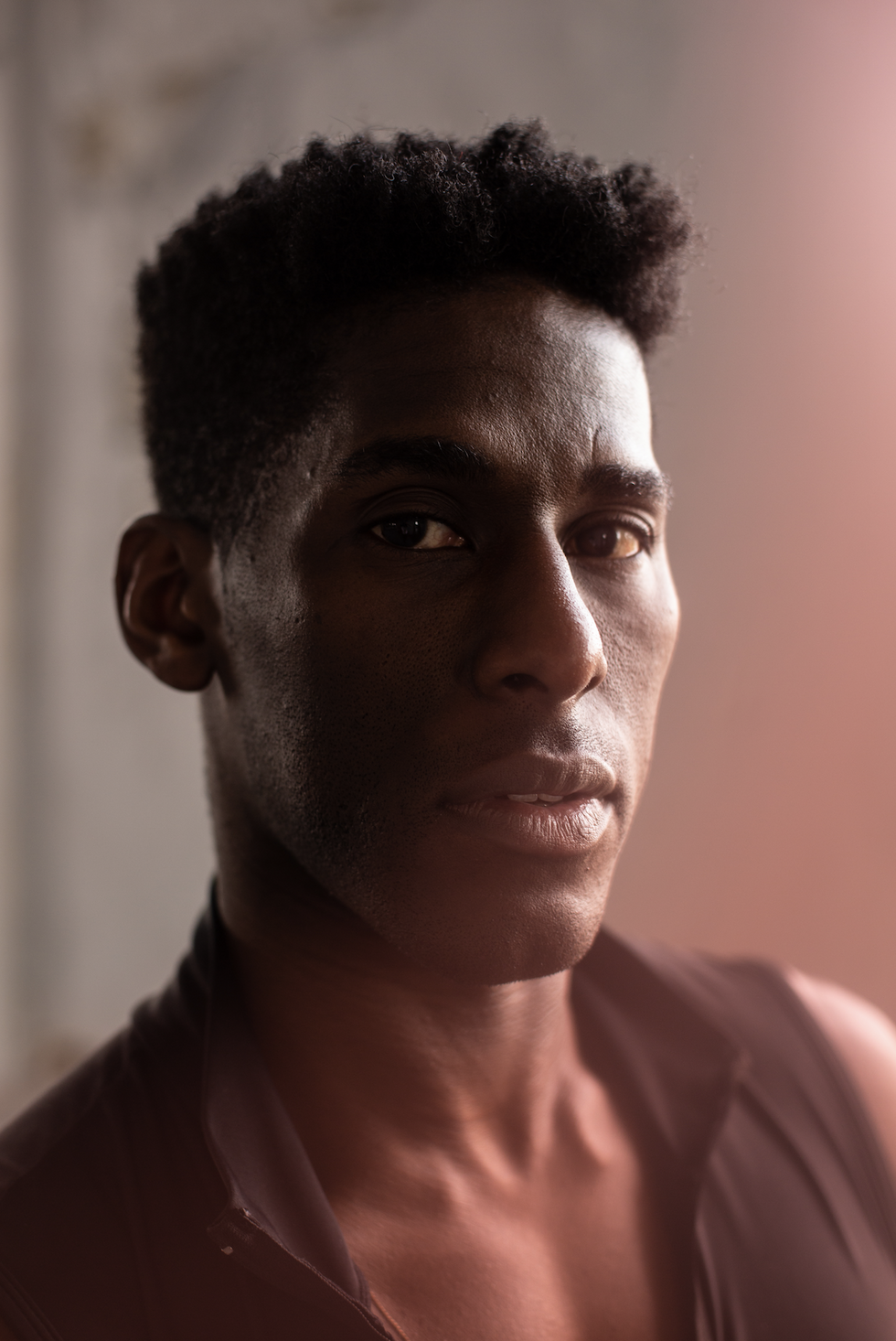
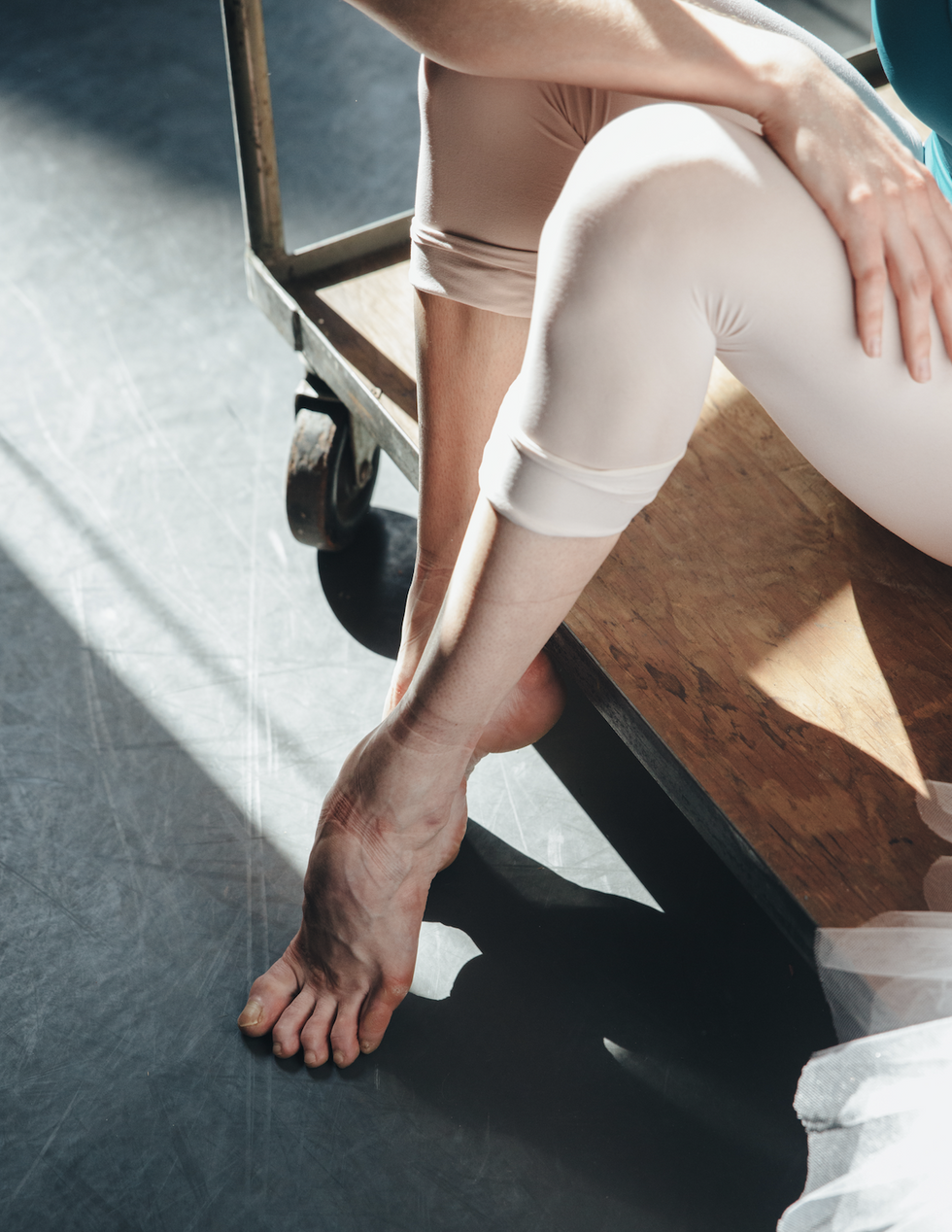
Kathryn Boren, corps de ballet dancer at American Ballet Theatre
“My feet have become my business card. Really, I’m defined by them. I can pick myself out of blurry rehearsal footage because I can recognize my arches. My right arch is better than my left, which is a complex I’ve had to deal with my whole life.”
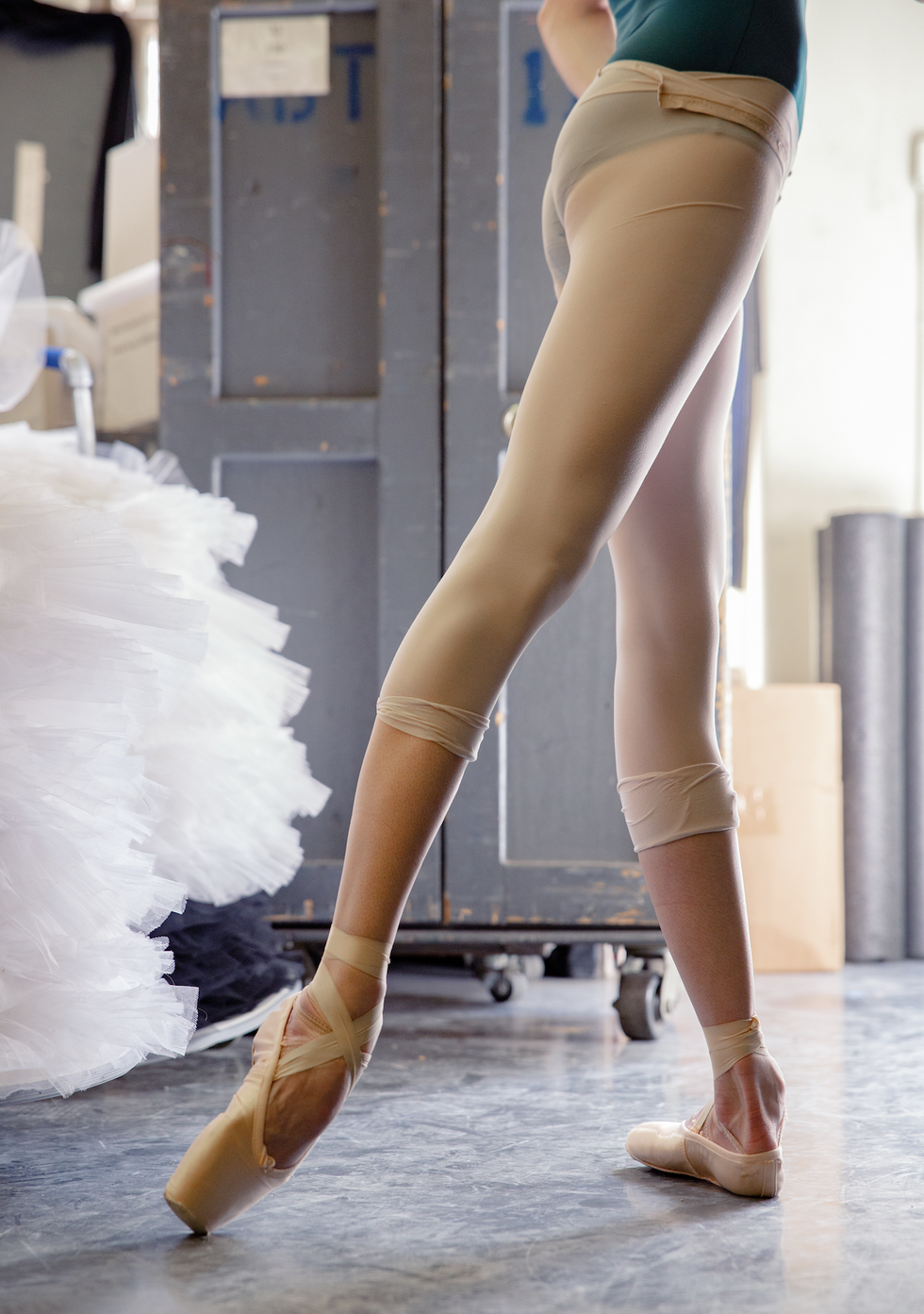
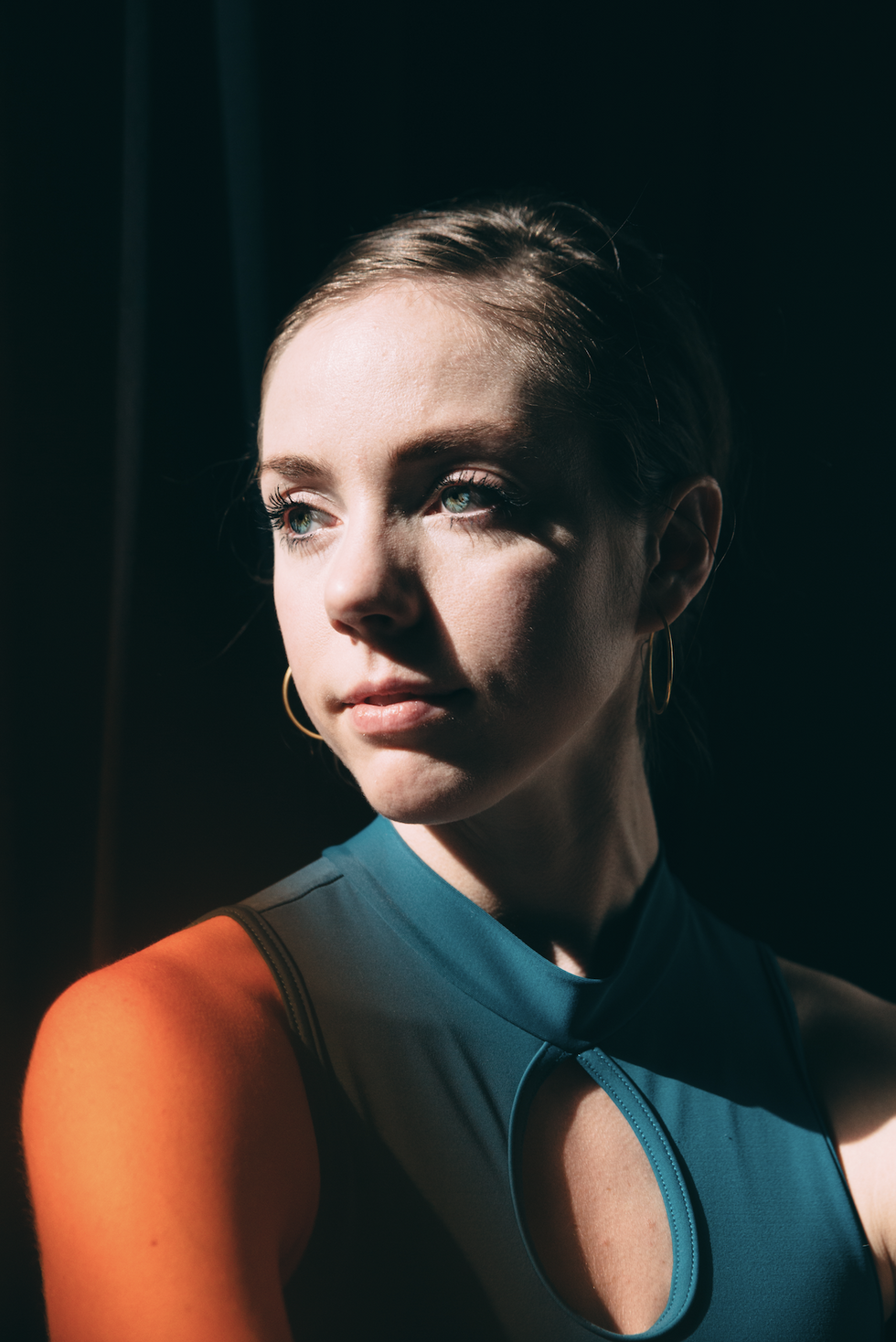
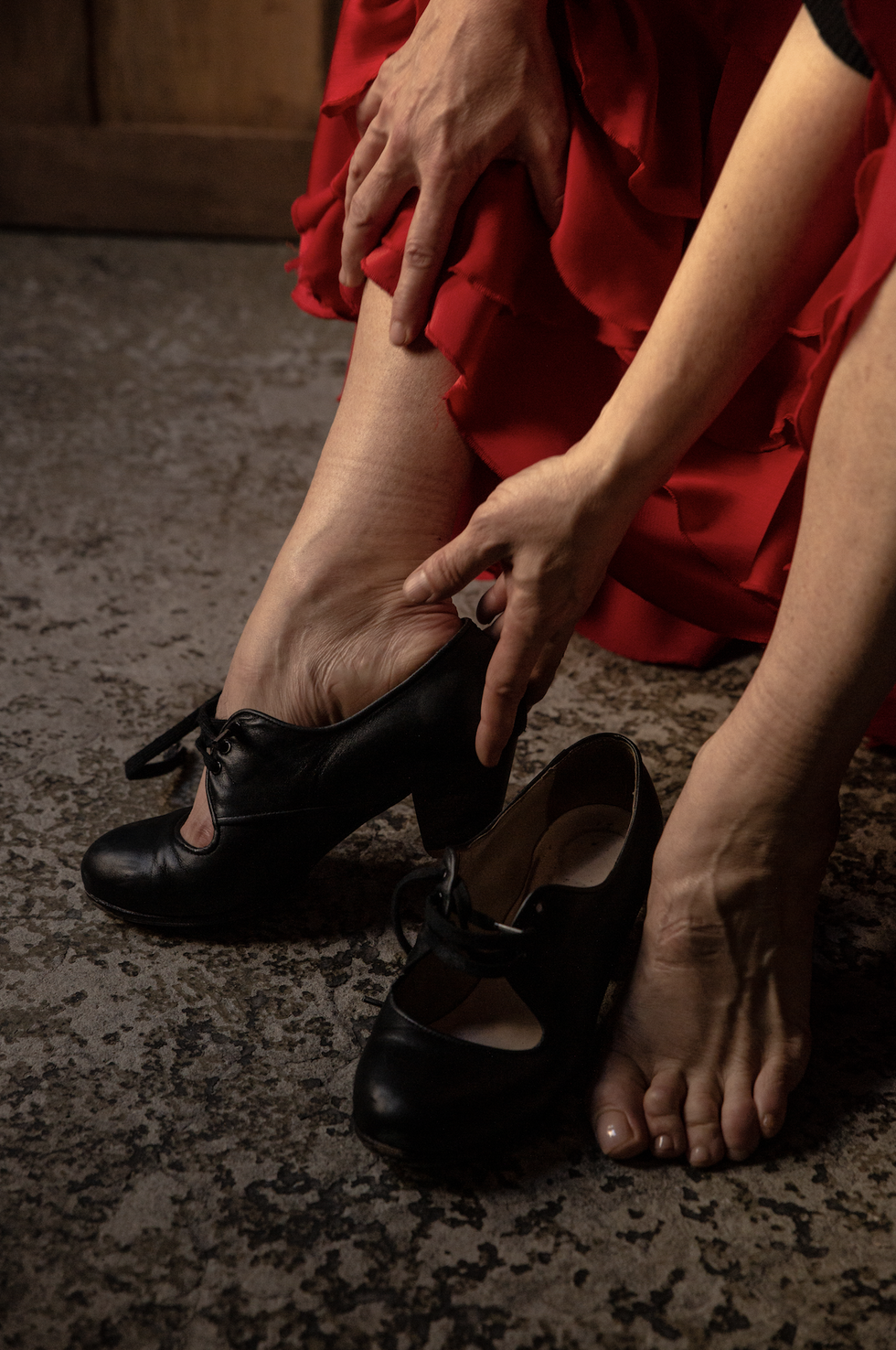
Soledad Barrio, star of Noche Flamenca
“I give messages with my feet to the guitarists and singers to advise them on when to start and when to stop. There is a very clear vocabulary.”
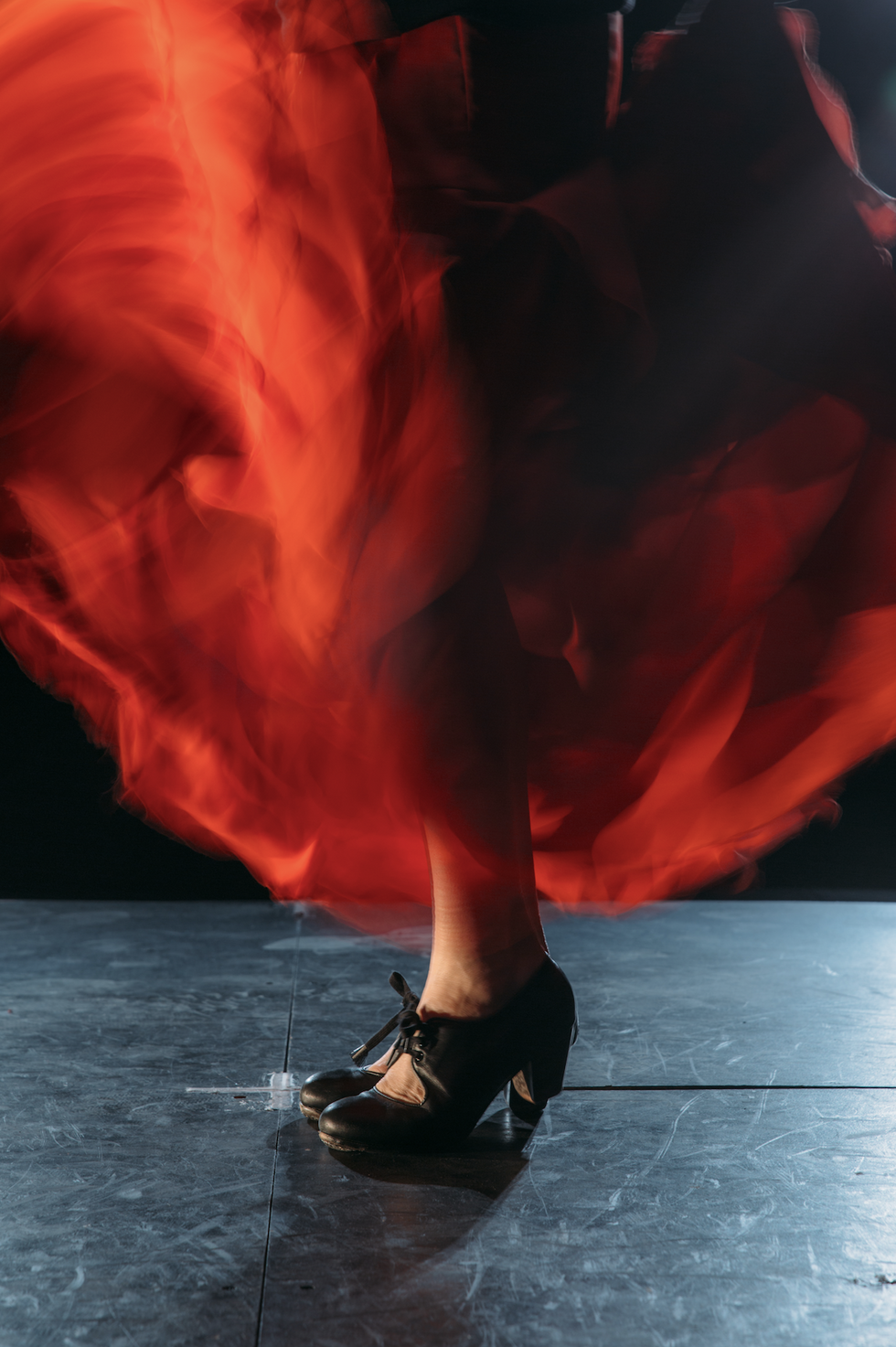
“It’s a severe thing for the foot to express the feeling of flamenco. The years of hitting my feet into the floor have made them grotesque and inflamed. I don’t like how big mine are because in flamenco, the smaller the feet, the quicker you can move. Physically, I don’t like my feet, but spiritually, I do. They support my body, and my body has my flamenco soul in it. They’re not pretty, but they permit me to dance.”
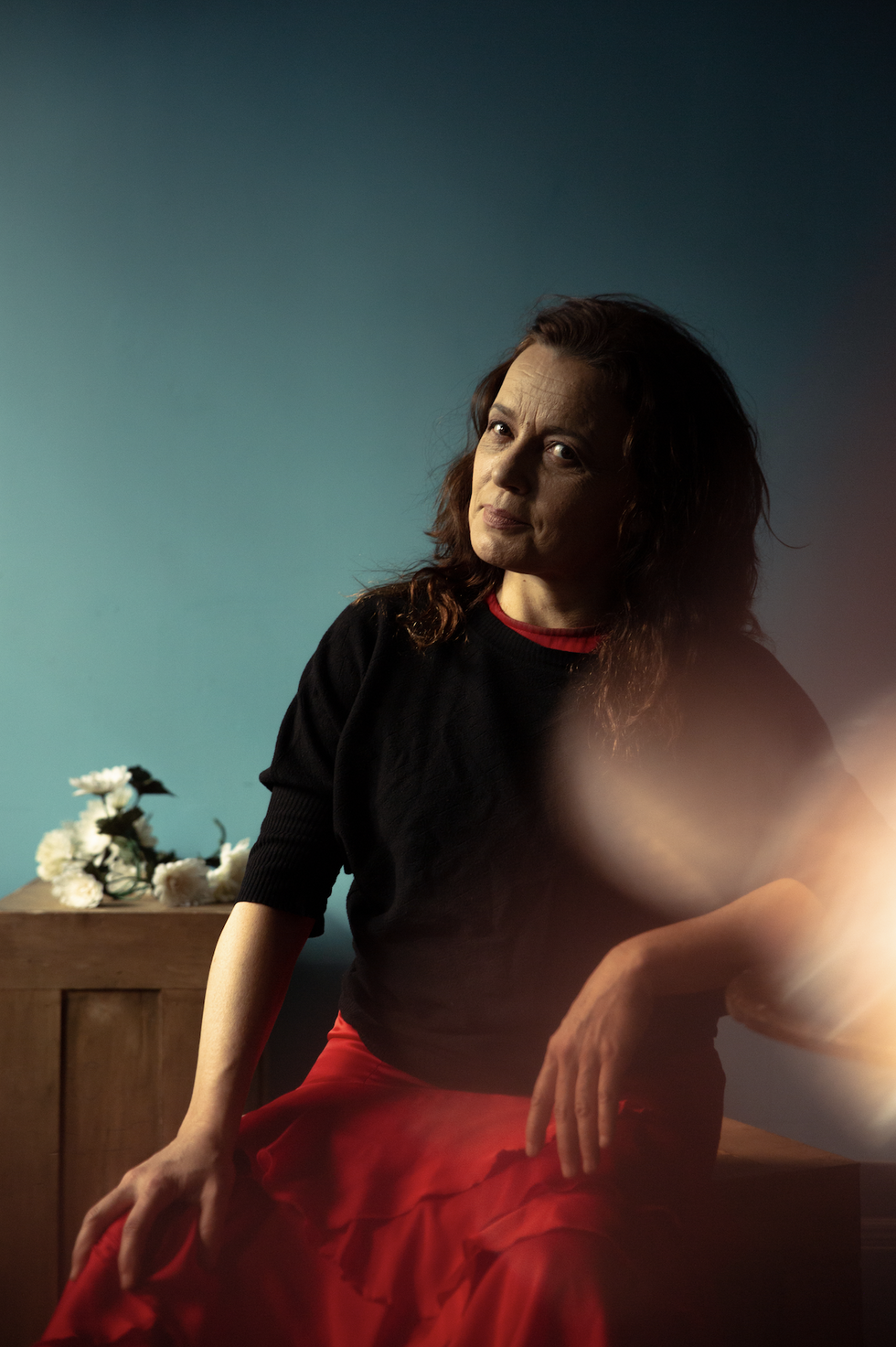
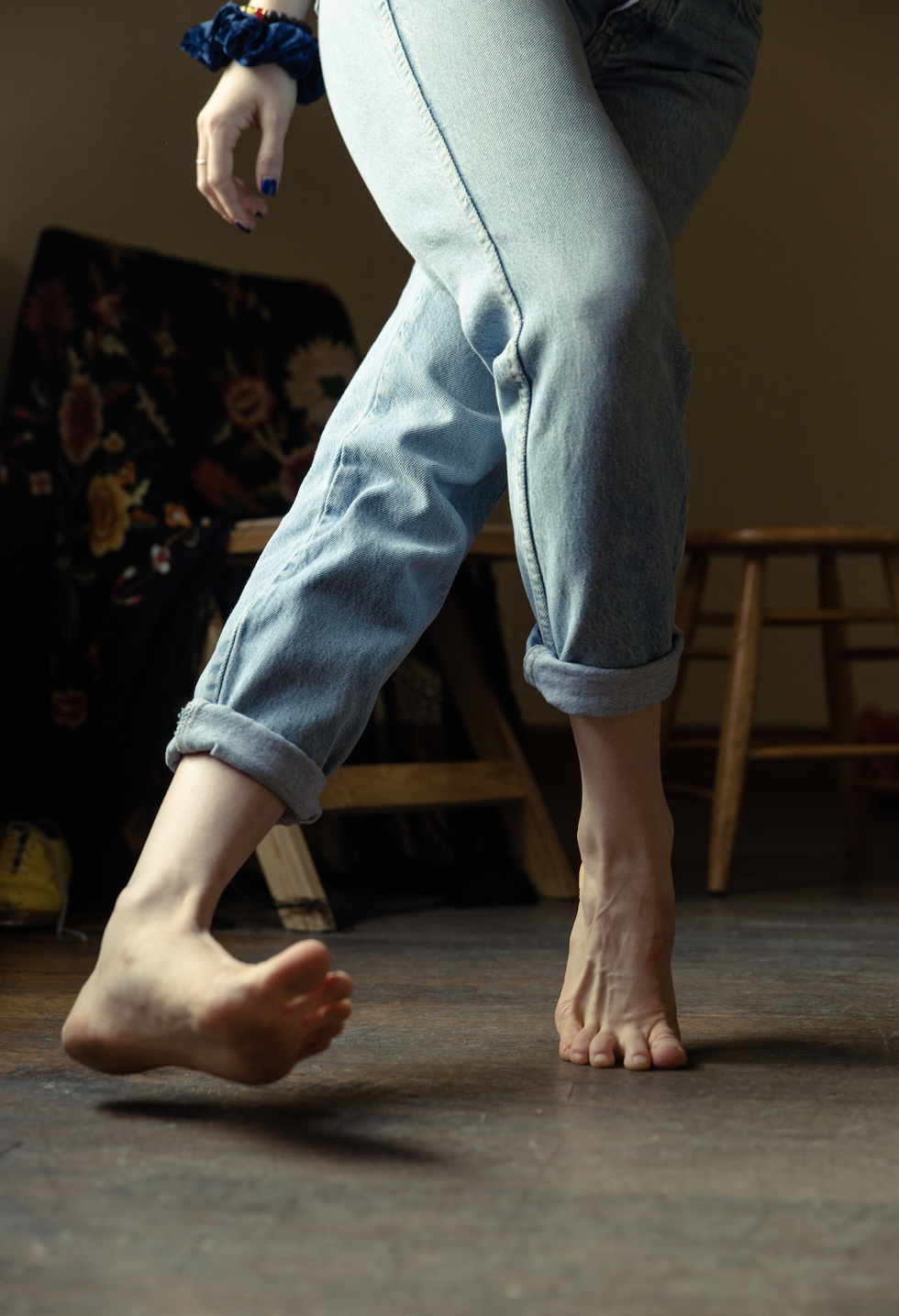
Demi Remick, tap dancer for Postmodern Jukebox and Caleb Teicher & Company
“My feet get injured a lot, so I don’t always trust them. As a tap dancer, I need relaxed ankles, and sprains affect that. I have to release them even though I’m scared. But my feet are smarter than I think. I dance on a four-by-four board on tour and my feet memorize the space and what’s possible within it.”
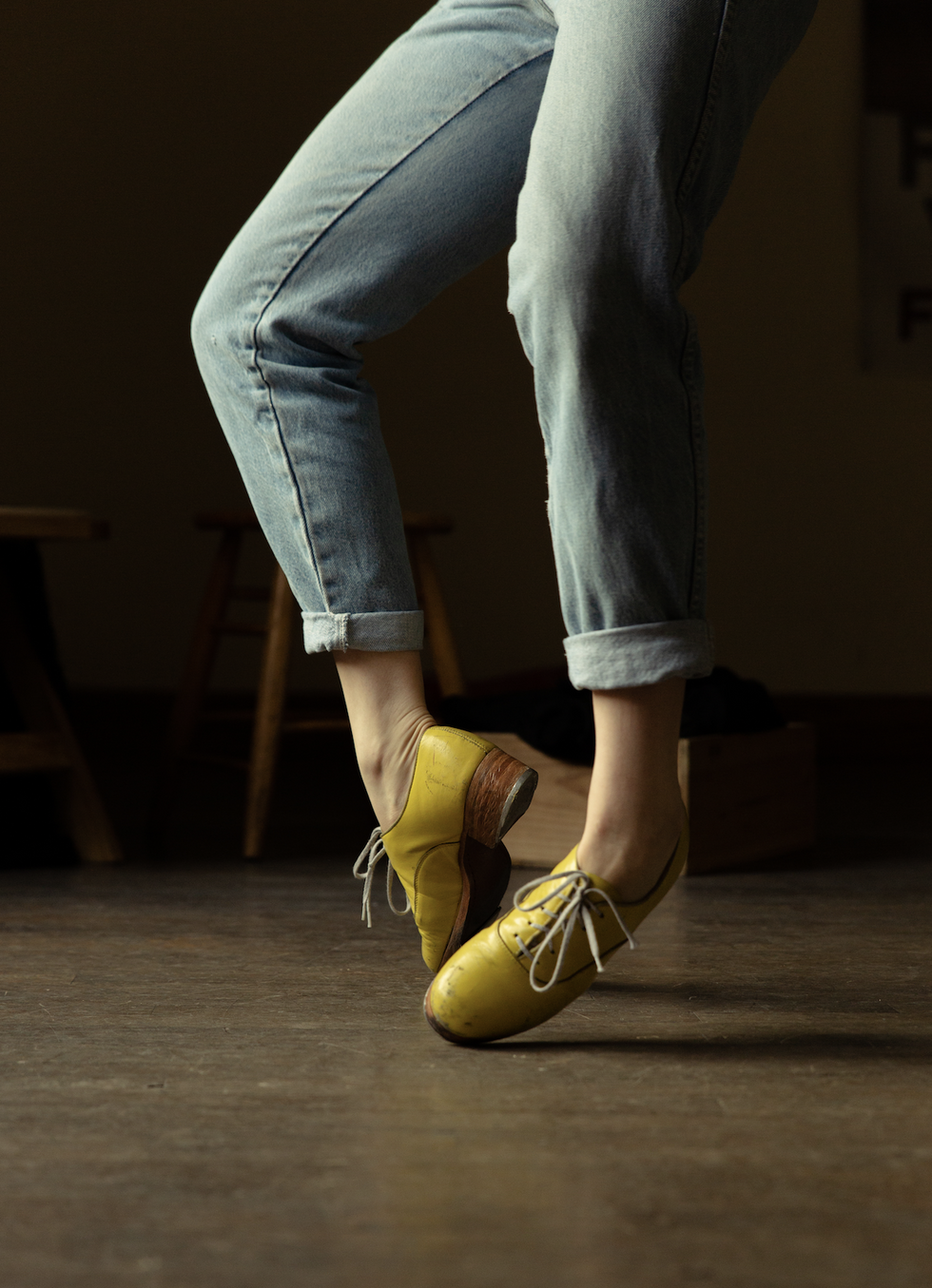
“I take care of my feet so they are okay to make the sounds I want. I’m really OCD about it. I won’t even go near cold temperatures before a show. I use a foam roller on my calves, and a baby spike ball on the bottoms of my feet every day—especially before performances. After shows I ice them. I wear compression socks on all airplanes. I do toe tapping, relevés off of the stairs, balance work with my eyes closed—you name it. I do way too much maintenance for my feet.”
